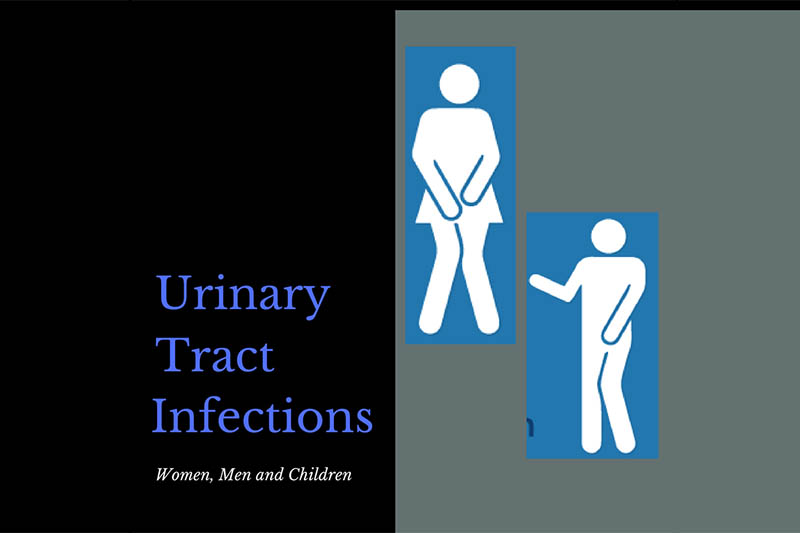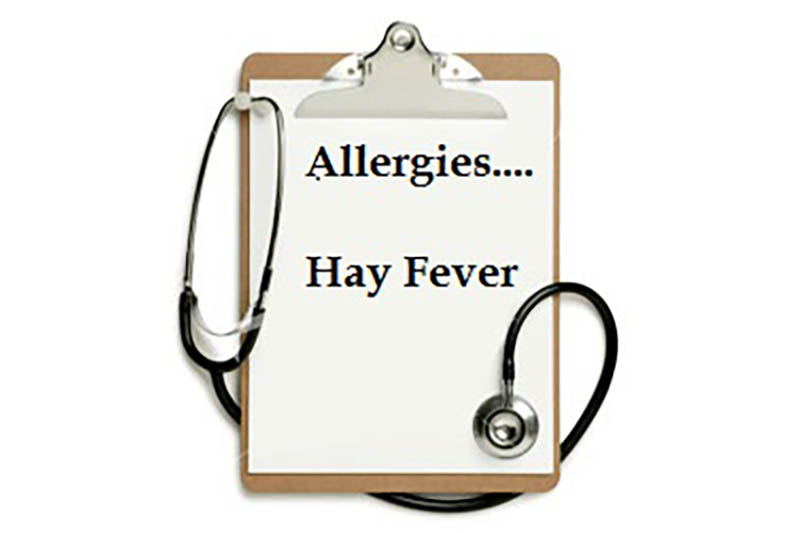
What are UTI’s? Urinary Tract Infections
Do you… Frequently or urgently need to urinate Often only pass small amounts of urine Have Pain or burning sensation when urinating These can be symptoms of urinary tract infections. There

Scientifically known as Allergic Rhinitis, hay-fever affects about 1 in 5 people in Australia, and roughly 500 million people worldwide. It is defined as an allergy that affects the nose, and occurs when the insides of the nose become inflamed due to the over sensitised immune system reacting to certain substances which the body sees as a threat. This swelling is due to the release of histamines and other chemicals in the body.
The majority of hay fever sufferers have found that their condition is worse at night. This is because night time is the worst time for pollen levels, or because the pillow on which they sleep may be full of dust mites (approximately 50 000 dust mites live in the average pillow).
Hay fever can trigger asthma attacks as the level of inflammatory chemicals released from hay fever reactions increases, and causes muscle spasms and swelling in wider ranging mucous membranes.
Hay fever is diagnosed by certain allergy tests such as prick tests, patch tests, and blood tests.

Do you… Frequently or urgently need to urinate Often only pass small amounts of urine Have Pain or burning sensation when urinating These can be symptoms of urinary tract infections. There
Disclaimer – Our intent is not to diagnosis but to offer information on therapy choices and practitioners. Information on this site is intended general educational purposes only. Any statements made are carefully referenced and any information, products or services discussed are not intended to diagnose, cure, treat or prevent any disease or illness. Please consult a healthcare practitioner before making a choice.